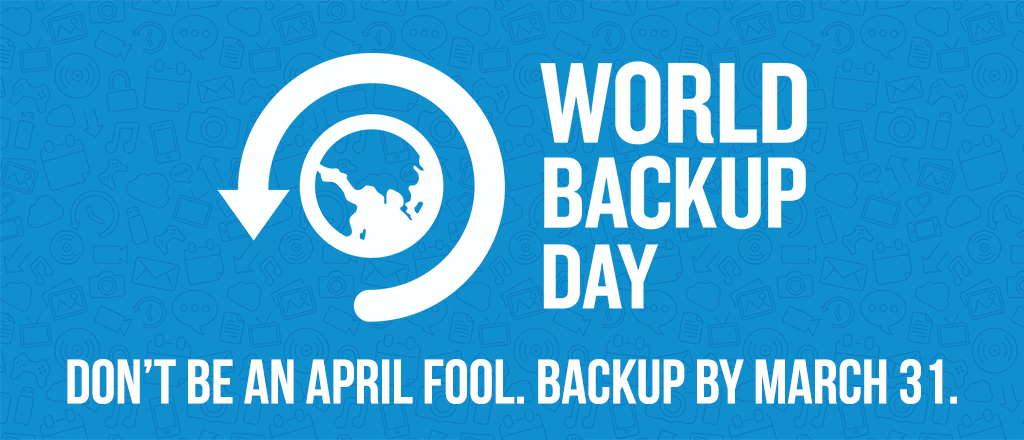To remain in business, stay competitive, and keep yourself and your company safe from a data loss disaster, there is a relatively standardized checklist that should be followed if you expect to survive the oft-treacherous contemporary conditions of business computing and Web connectivity.

Here are 10 things you should have on your data network disaster survival checklist:
- Implement a solid business continuity plan. This is perhaps the sin qua non in the world of IT support and protection. It allows a given entity to continue doing business through any cyber threat, data breach, or natural disaster, such as fire, flood, or earthquake that destroys part or all of a solid IT framework. Effective business continuity can occur because of cloud-based or offsite backup, which allows remote access to data via cloud servers.
- Have a solid disaster recovery policy in place. As a subset (and very necessary) part of Business Continuity, Disaster Recovery, or DR, is essential to keeping a healthy IT network and a future in doing business in a Web-based or cybernetic manner. It involves the employment of a set of procedures or policies that ensure the recovery of data which is vital to business operations and continuation, generally through cloud-based means.
- Utilize employee cyber safety training and policies in the workplace. Employee cyber safety training and strict policies will cut down significantly on the risk of incurring a severe data breach and any subsequent data loss, downtime, or threat to the company’s future operations.
- Use antivirus protections on all computers on the network. Using effective antivirus software on all the computer terminals on your IT network will ensure the filtering out of spam, email phishing, malware and other exploits.
- Don’t ignore the suggested software updates. They may be annoying to most of us, but studies show that it is not a good idea to ignore the pop-ups from Microsoft and other tech or software platforms. If you don’t want to leave it to your staff to do, have an IT support team that can force updates and upgrades overnight, to eliminate the ignorance of these important updates.
- Use cloud computing to cut down on overhead cost and data liability. Being able to use cloud computing services to collaborate on projects saves cost and responsibility in so many ways. Imagine what is stored on travel expenses alone, to be able to telecommute or teleconference via shared docs in Office 365, Exchange, and other programs that streamline business productivity and ensure data disaster recovery.
- Perform a regular network system check. This should be done by an IT professional or support team and will analyze and report any deficiencies in your IT system’s infrastructure.
- Perform regular PC maintenance. Performing regular PC maintenance has a built-in checklist of its own, which includes:
- Daily data backup
- Weekly scans for malware
- Monthly disk defrags
- Monthly scanning of your hard drive for errors
- Twice-per-year backing-up of hard drive as an image
- Do semi-regular server maintenance checks. A 12-point server maintenance checklist, as part of sound server management, should include such steps as backup verification, updating of your OS and control panel, changing passwords, and the checking of remote administration tools, server utilization, and system security. Click on the previous link for more info on how to perform a 12-step server check.
- Have the most proactive data loss prevention measures in place. This can include cybersecurity, intrusion detection and prevention, firewalls, antivirus software, cloud-based storage and software services, and can come as a “turnkey solution” with the right IT partner and performance-assurance systems on the job.
If you have questions regarding the best checklist for surviving data disaster, {company} is the leader in providing IT consulting in {city}. Contact one of our expert IT staff at {phone} or send us an email at {email}, and we can help you with all of your IT network needs.



